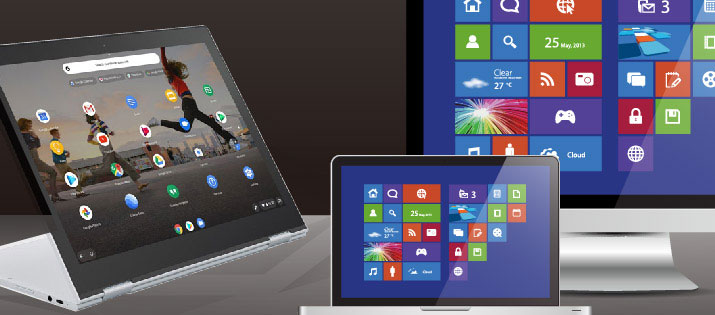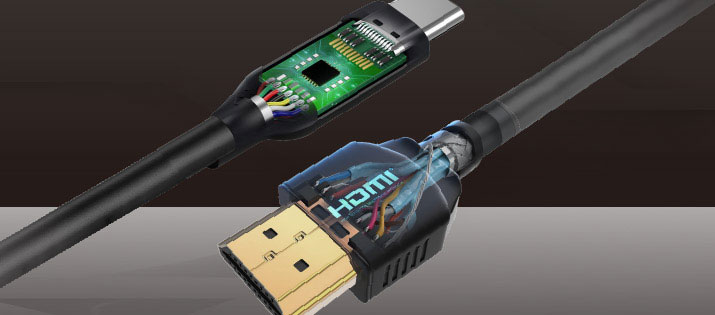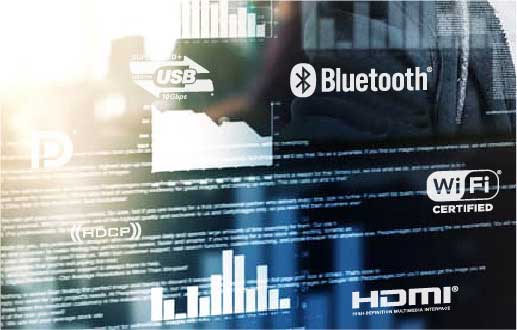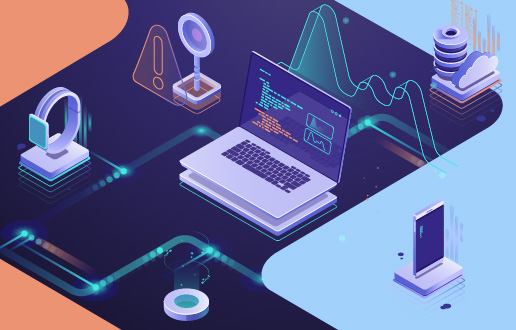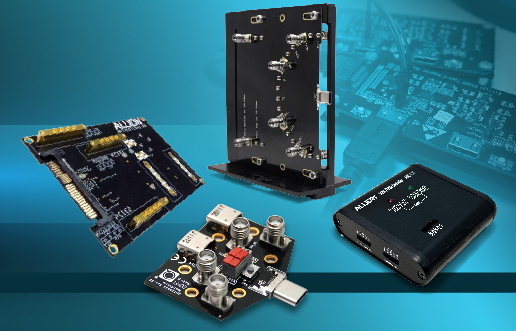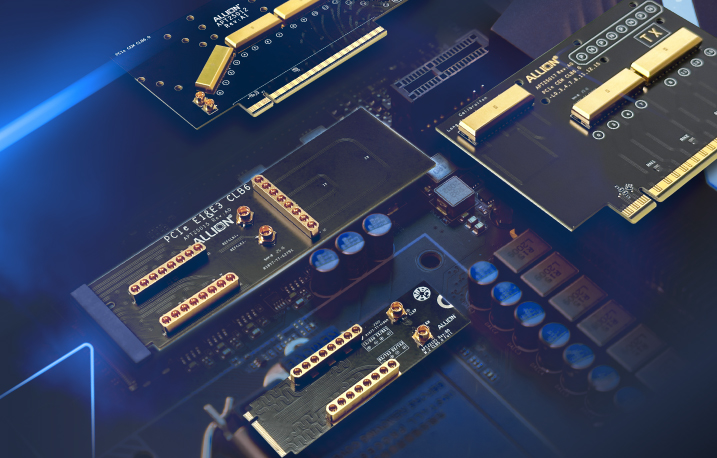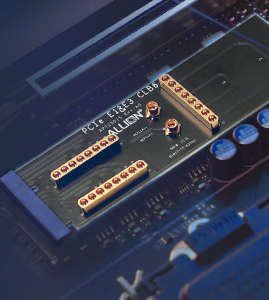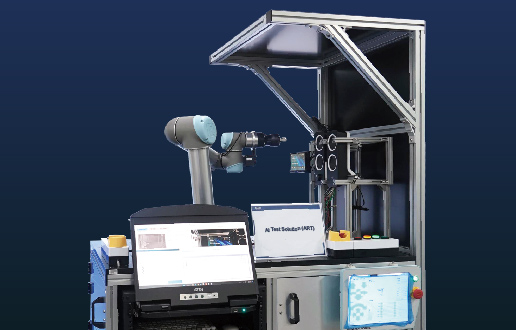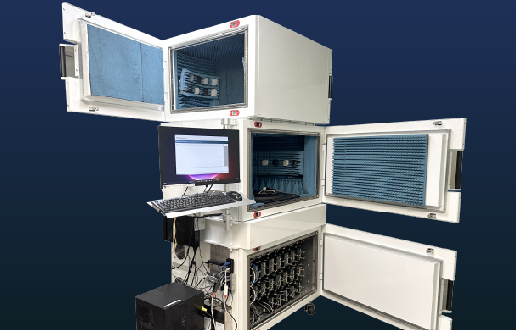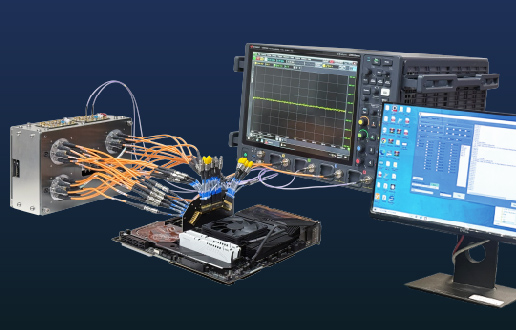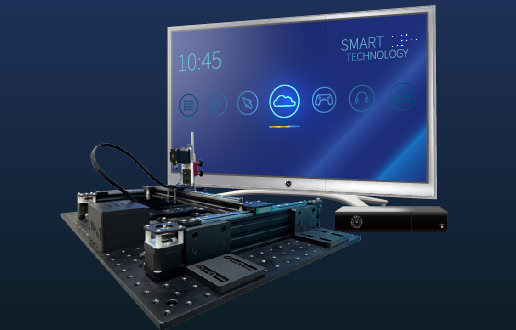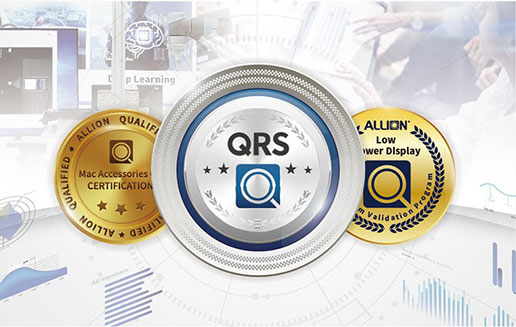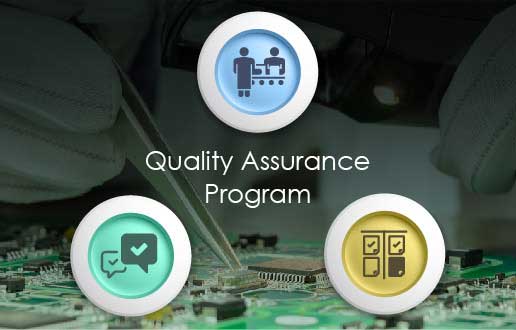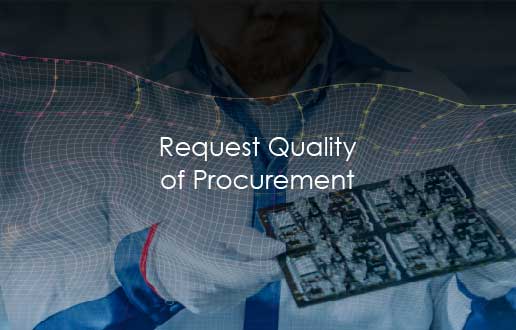A Core Problem from 34 Years of Consulting Experience: The ODM Validation Gap
When users press a remote control to switch between different signal sources like HDMI, DisplayPort, and USB-C, they expect a seamless and smooth audio-visual experience. However, many brands that fully outsource R&D and manufacturing to ODMs lack independent validation resources and quality control mechanisms. As a result, they often discover problems only after the product hits the market.This seemingly simple signal switching action can actually lead to occasional noise and screen anomalies due to insufficient ODM quality control processes. This not only directly affects the user experience but can also quickly escalate into a crisis of brand trust.
According to Allion’s 34 years of consulting experience, the core of these challenges lies in a quality validation gap. This is especially true for brands that completely rely on an ODM for manufacturing. Due to the lack of independent validation resources and technical expertise, they are often left to rely solely on the ODM’s test reports. This model means there is no effective quality control mechanism before a problem actually surfaces, which increases product risk and creates a hidden danger to the brand’s reputation. In this case, the client adopted the Allion AV-AI Automated Validation Solution, which successfully and precisely pinpointed the source of the problem through hundreds of automated input-switching tests. The solution also shortened the validation time from 8 days to 2 days while generating a comprehensive data report.
Combining Golden Methodology with AV-AI Automation: Validation Becomes Precise and Accelerated
A well-known smart display brand consulted Allion’s expert team, revealing that their latest smart display product was fully entrusted to a Chinese ODM for R&D and manufacturing. While this appeared to be cost-effective on the surface, it concealed significant risks. When we asked about their level of control over quality validation, the client candidly admitted to the following:
- No independent validation lab
- Quality control fully dependent on ODM testing
- Lack of concrete data in execution reports
We introduced our Golden Methodology, which has been accumulated over many years, and combined it with the Allion AV-AI Automated Testing Solution for this client. Traditional manual testing is often time-consuming, labor-intensive, and prone to human errors that can miss intermittent issues. In contrast, the AV-AI solution provides 100% precise and consistent validation data. It can also fully automate remote control operations and screen monitoring, completing hundreds of signal source switching tests in a short period and completely eliminating human uncertainty.
Automated Switching Tests: 6-Day Time Reduction and Precise Problem Identification
In the actual testing for this case, we performed hundreds of input-switching tests. The results showed a green screen occurrence rate as high as 15%. This data not only highlighted the severity of the problem but also became an important technical basis for communication between the brand and the ODM and SoC supplier. It helped the SoC R&D team quickly pinpoint and fix the defect.
The Allion consulting team immediately provided the following information to help the SoC team precisely locate the problem and make rapid corrections:
- Reproducible test steps
- AI detection Log files
- Detailed anomaly records and videos
After the SoC vendor’s R&D team completed the fixes, they performed a manual validation that took 8 days and involved over 300 switches. Allion, using AV-AI, completed the same validation in just 2 days and produced a complete report. This meant:
- Validation time was reduced by 6 days
- Significant savings in R&D manpower
- The product launch schedule remained on track, achieving Time to Market with Quality
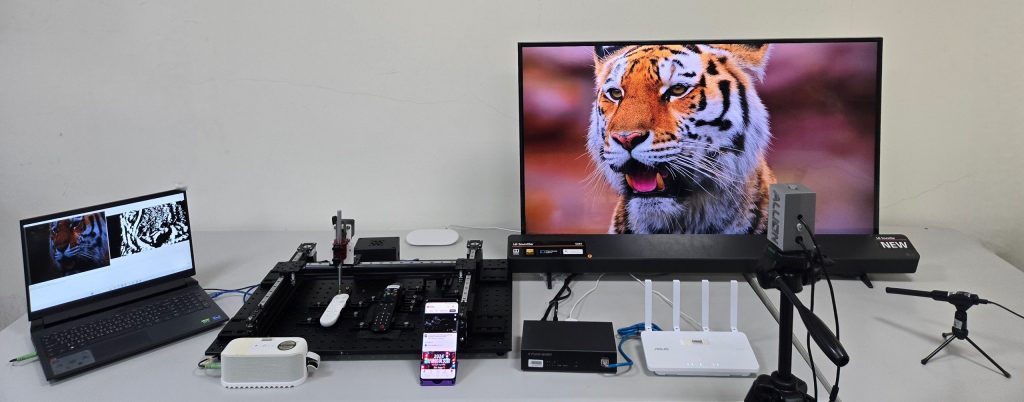
This case clearly demonstrates that the Allion AV-AI automated testing solution offers a faster, more precise, and more reliable path for smart display quality validation. It not only captures intermittent issues that are difficult to detect with traditional methods but also uses data-driven reports to enhance communication efficiency among the brand, ODM, and SoC supply chain. By optimizing costs and resources, R&D teams can focus on higher-value innovation. Quality is no longer just a cost burden but a core engine that drives brand competitiveness. Only by delivering the most reliable quality in the shortest time can a brand truly win market trust.
【Have Questions? Click Below↓】![]()










